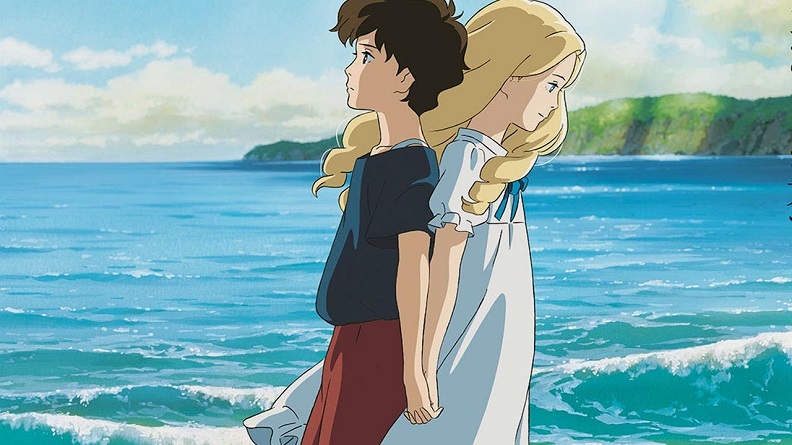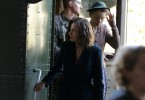When Marnie Was There
Director: Hiromasa Yonebayashi
8 p.m. Friday, 5:30 p.m. Saturday, 2 p.m. Sunday, 7:30 p.m. Thursday
Oklahoma City Museum of Art
B-
The stigma of a swan song is never easy to wear, especially when emerging from an iconic film foundry like Studio Ghibli. Still, the news of an indefinite hiatus last year places an enormous weight on When Marnie Was There and its director, Hiromasa Yonebayashi. Marnie isn’t as visually striking as Princess Mononoke or Spirited Away, Ghibli films that often come to mind, but it does have a melancholy and somber sentiment that can be traced back to one of the studio’s earliest works, Grave of the Fireflies. Thus, Marnie is paradoxically accessible; though it doesn’t ensnare with fantastical, metaphysical flair, it resonates with a modern, believable protagonist and a relationship between two characters that begs us to slow down.
Anna (Hailee Steinfeld, Sara Takatsuki), a young girl living with foster parents, is sent to live in Kushiro for a summer after a violent asthma attack calls for a brief tenure in rural Japan. Setsu (Toshie Negishi, Grey DeLisle) and Kiyomasa (Susumu Terajima, John C. Reilly), relatives of Anna’s adoptive mother, house the troubled youth over the course of her stay. Anna experiences severe social anxiety and depression, finding little solace in the quaint country community, but an abandoned mansion on a secluded coast piques her interest. After a confrontation with the local school’s class president, Anna takes a rowboat across the marsh to the same mansion, only to find it alive, thriving and housing the titular character, Marnie (Kasumi Arimura, Kiernan Shipka). Anna and Marnie form a quick friendship, but the mysteries of both the mansion and Marnie herself compel Anna to dig deeper into the peculiar, mystical homestead as she unravels a history not unlike her own.
The pace at which Marnie wades through certain concepts can be slow and difficult to wrestle with, and the film often rushes through some of the most compelling content. While the relationship between Anna and Marnie is fleshed out in several frequent and unique episodes, the mystery of it all is almost completely deferred until the final act — perhaps a more sentimental argument for living moment by moment, relishing in joy, and living blissfully ignorant. But a subtle hint of discord at each of their departures suggests that something is amiss — a something that isn’t expounded upon until much later in the film.
Marnie‘s peculiar pacing doesn’t deprive it thematically, however, doing for trauma what Grave of the Fireflies did for war-spurred poverty. Even its most beautiful scenes never lose grasp of the protagonist’s turmoil. In one scene, Anna masquerades as a flower girl for Marnie’s parents’ dinner party. Things go smoothly, but there’s a constant worry with Anna, offset only slightly as she grows more comfortable.
In typical Ghibli fashion, Marnie’s animation is nothing short of breathtaking. Unlike much of the studio’s previous work, minimal action lends focus to each scene’s background. Lying at its heart are grassy hills, distant mountains, and waters that reflect purple and yellow in tandem with the sunset. Interiors, though not uncommon, don’t command nearly as much attention as they did in something like From Up on Poppy Hill. The intricate-but-never-overwhelming exteriors capture the calm and slower pace of life better than perhaps any other Ghibli offering.
When Marnie Was There is blissful, beautiful, and at times entirely unsettling. It may be slower than what’s typically associated with the studio, but it wields its pace in a way that begs for contemplation. If this truly is the final piece to emerge from Ghibli, it’d be more accurately described as the ambiance of absence than as the swan song of one of the most iconic animated studios.





